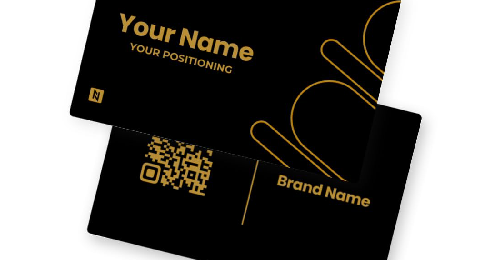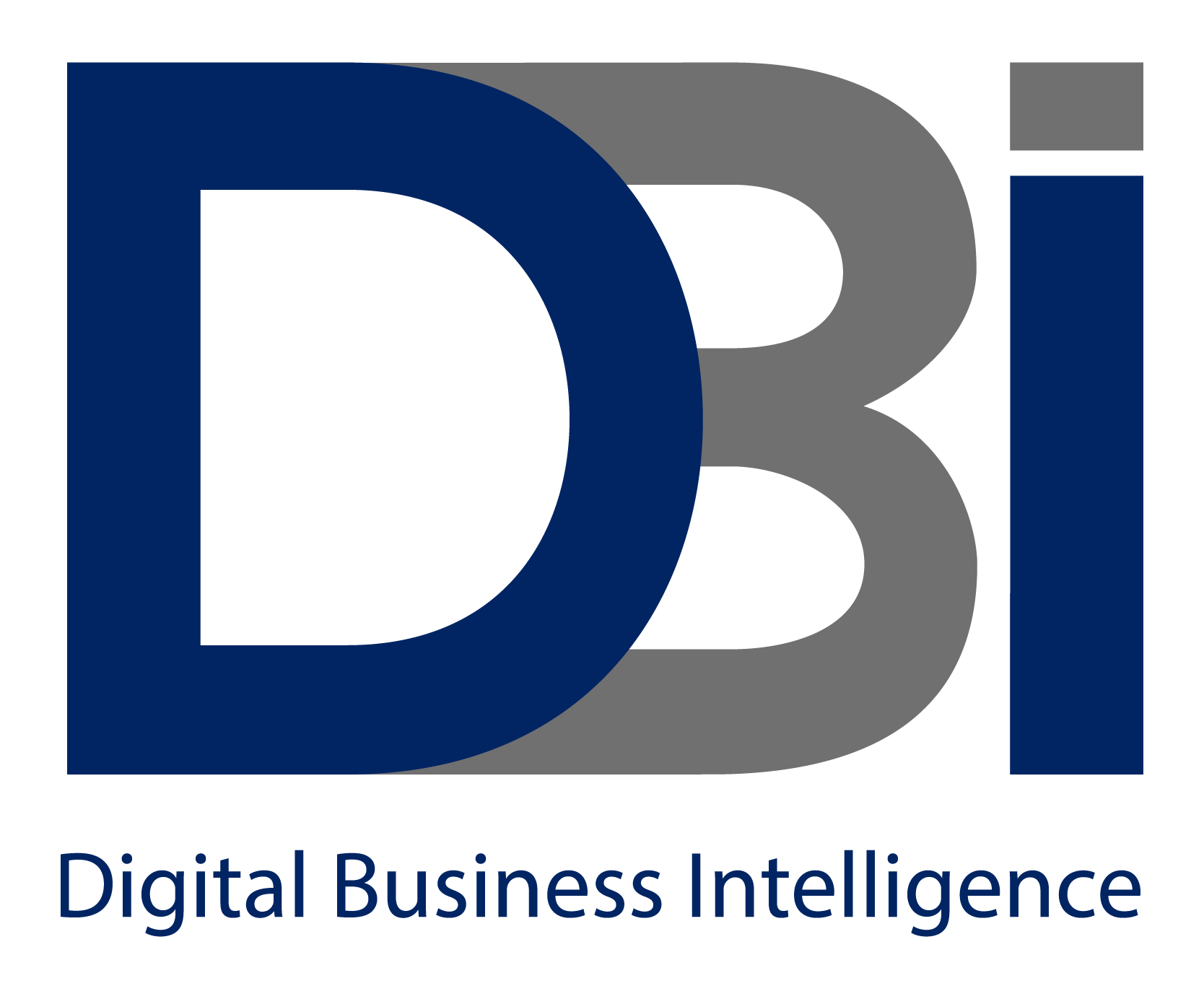By streamlining the user experience and improving the technical parts of your website, you may increase sales through your online business.
Do you still recall having to leave your home to go shopping? That was such a headache. But then, back in 1982, Boston Computer Exchange the first online store was introduced, and the convenience of shopping while still in your pajamas was born. Electronic commerce, or the buying and selling of goods and services online, is now a significant component of the world economy.
More than 2.14 billion consumers made online purchases in 2021. Additionally, the first quarter of 2022 saw eCommerce sales in the United States reach $250 billion.
From the early days of regional secondhand computer sales, we have gone a long way. With only a few mouse clicks, you can now discover anything from shoes to mechanic services to $5,000 heart-shaped potatoes for sale. And almost all companies, regardless of their industry, sell their products and services online. While that’s great for consumers, it means that if you run an online store you’ll have a lot of competitors.
What makes you unique? How do you entice visitors to your product pages and then convert them into paying customers? It’s a difficult task.
However, you’re in the proper spot.
For optimal exposure and return on investment, your e-commerce website should be optimized in the five key areas listed in this article. Are you prepared to begin? Read on.
Your Homepage is Where the Heart is
It’s frequently the first thing a website visitor will see on your busiest page. It establishes the tone for your company, launches the sales or new product funnel, and points visitors to various areas of your website. We are, of course, referring to your homepage. Making ensuring your homepage is fulfilling its important purpose is the first step in optimizing your e-commerce site to increase sales.
Make Navigation Easy
When optimizing your homepage, one important problem you should address right away is navigation. You want to make it simple and effective for users to find your content, as well as for search engine crawlers. Where the desired content is located should be made apparent.
Using a visible navigation bar is an important component of that.
The navigation bar not only makes it easier for visitors to move about your website fast, but it also provides a fantastic opportunity to draw attention to particular sections, such as your best-selling product line. A strong and noticeable phrase should be shown on your homepage as well.
Your company’s tagline is a succinct, typically eight to twelve-word statement that engages its target market.
Taglines are something that far too many e-commerce companies ignore, which is a mistake as slogans are campaign-specific but taglines are brand-specific.
Many new users of your website will simply glance at it briefly.
They will learn what your site is about more immediately and be encouraged to explore further if your slogan is memorable and descriptive. This brings us to our following point:
Content Is Still King
The single most crucial element of your homepage, or any page, for that matter, is the content. The internet is being used by people to find specific products or solutions. If you give what they require, you can turn them into customers – as long as they land on your website and not that of your rivals.
Search engine optimization comes first (SEO). And keywords are where SEO begins. Determine the words and phrases your target audience is searching for, then naturally incorporate those into your copy. Don’t push them into places they don’t belong, in other words. This practice, known as keyword stuffing, may lower your Google rating.)
Have difficulties deciding which keywords to prioritize? You can choose and put into practice a keyword research approach. You can use a variety of free tools to assist you in determining which languages should be present on your homepage.
You can sit back and relax as the sales come flooding in once you have a solid keyword strategy in place, right? Not. You’ve only just begun.
The aesthetic components of your webpage should be the next thing on your mind. Do you use generic stock photographs to provide visual flair or do you make use of this priceless online space to advertise goods? The latter is what shrewd e-commerce website owners will pick.
The use of prominent photographs of your best-selling products on your site is crucial. You don’t have to include images of every single item you sell (in fact, that’s probably a poor idea). And ensure that users can access the product page by clicking on these photos.
Never undervalue the significance of internal linking. Create links from your homepage to your most crucial pages. This might be a link to your best-selling item or a page describing a category of products. They might be in the content, the footer of the page, the navigation bar, or a combination of the three.
It’s all about the Products
Your e-commerce website exists to generate revenue. Your product pages must encourage users to make purchases to do this. You have the ideal opportunity to manage the story behind each product you’re selling on your product pages, and that may make a significant difference. Here are some ideas to help you create outstanding product pages.
What’s in a Name?
Words have a lot of power. Your objective is to use that influence to affect purchasing choices. Your product titles are a good place to start. Although it seems simple, perfecting it requires practice and A/B testing. Your industry, product, and audience will determine exactly what works for you, however, the following are some fundamental principles:
- Use appropriate wording. Although it is vital, this does not imply that businesses selling in Portugal should ensure that all of their product descriptions are in Portuguese. Rather, it means you should use the same kind of tone, vocabulary, and idioms as your target audience. Write for the benefit of the reader. Remember to use your keywords as well!
- Use the appropriate format. It may require some trial and error, but the work will be worthwhile. Find the structure and length that appeals most to your potential buyers. For instance, you might discover that your ideal format is brand + size + color. The product line, color, flavor, model number, and packaging size/quantity are additional variables you might take into account dependent on performance and product.
- Be sure to compliment your description. There should be a comparable and complementary product description for each product title. Write an intriguing description that stays away from clichés using the search terms. Remember the copywriting maxim, “Sell the sizzle, not the steak,” for optimal results. This means that rather than emphasizing the qualities of the product, your descriptions should center on the benefit to the buyer.








